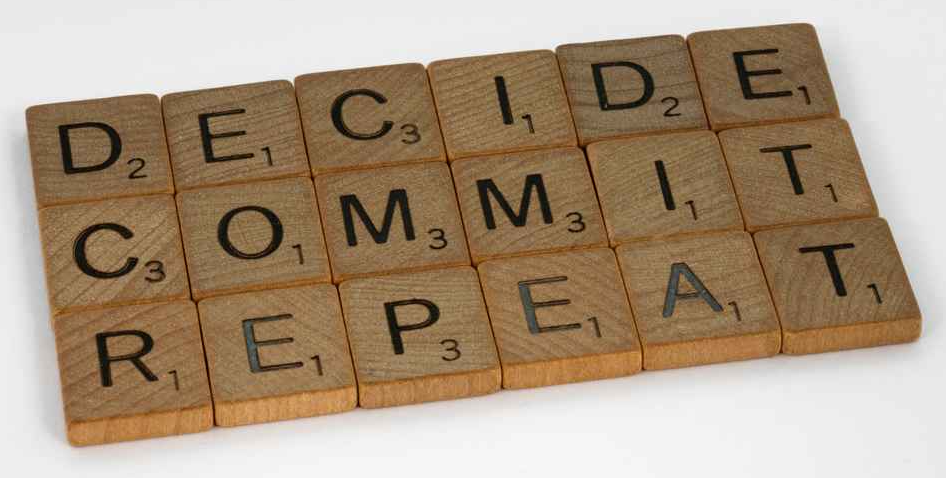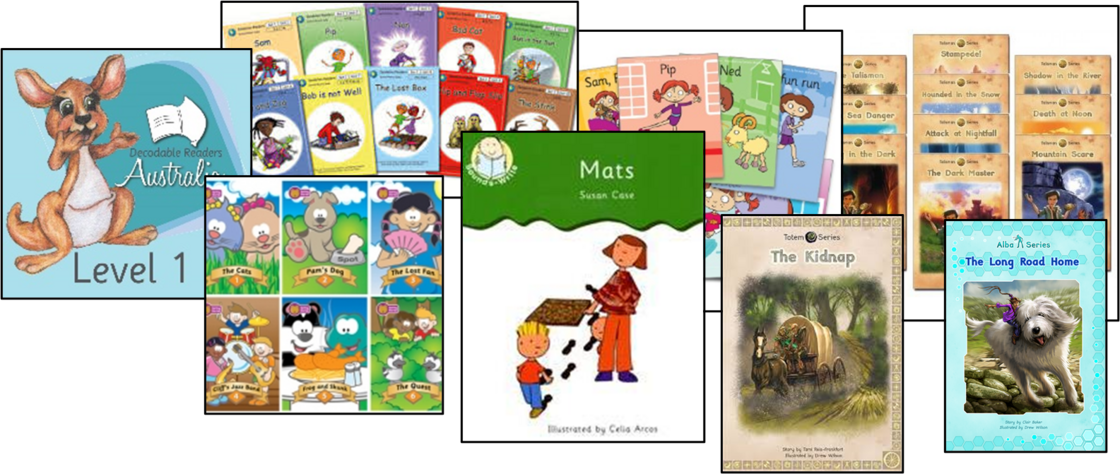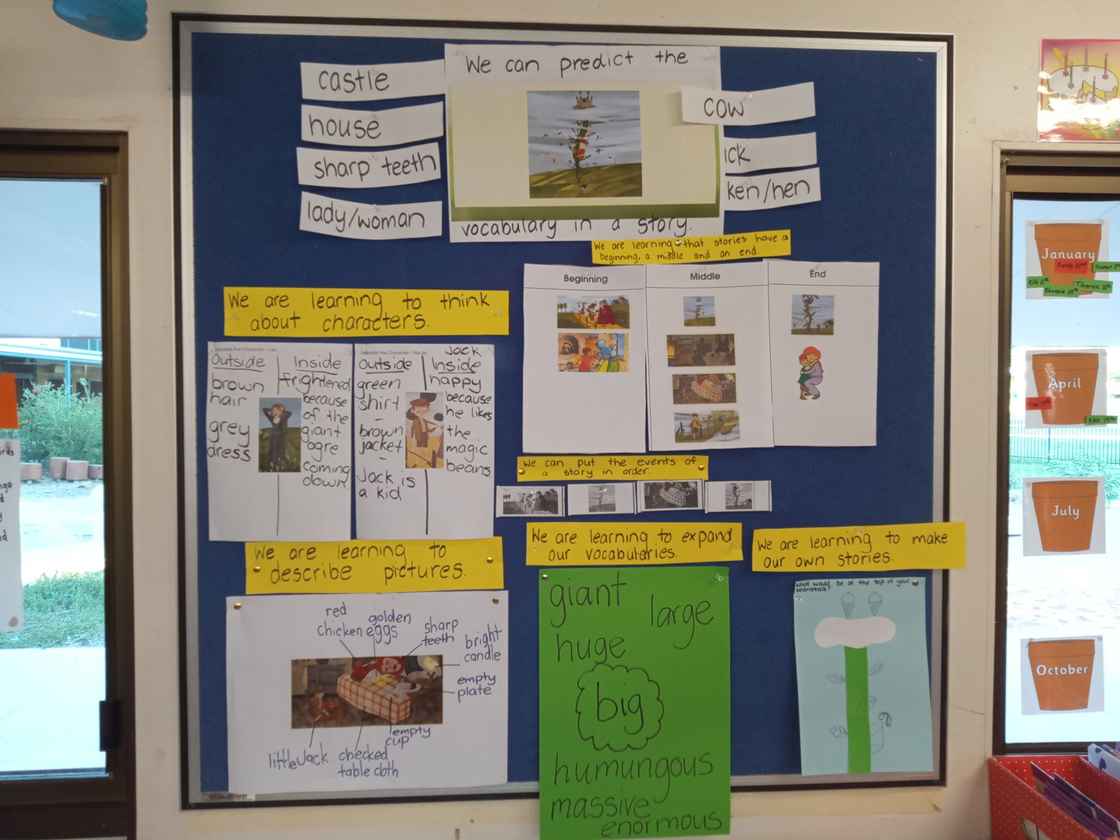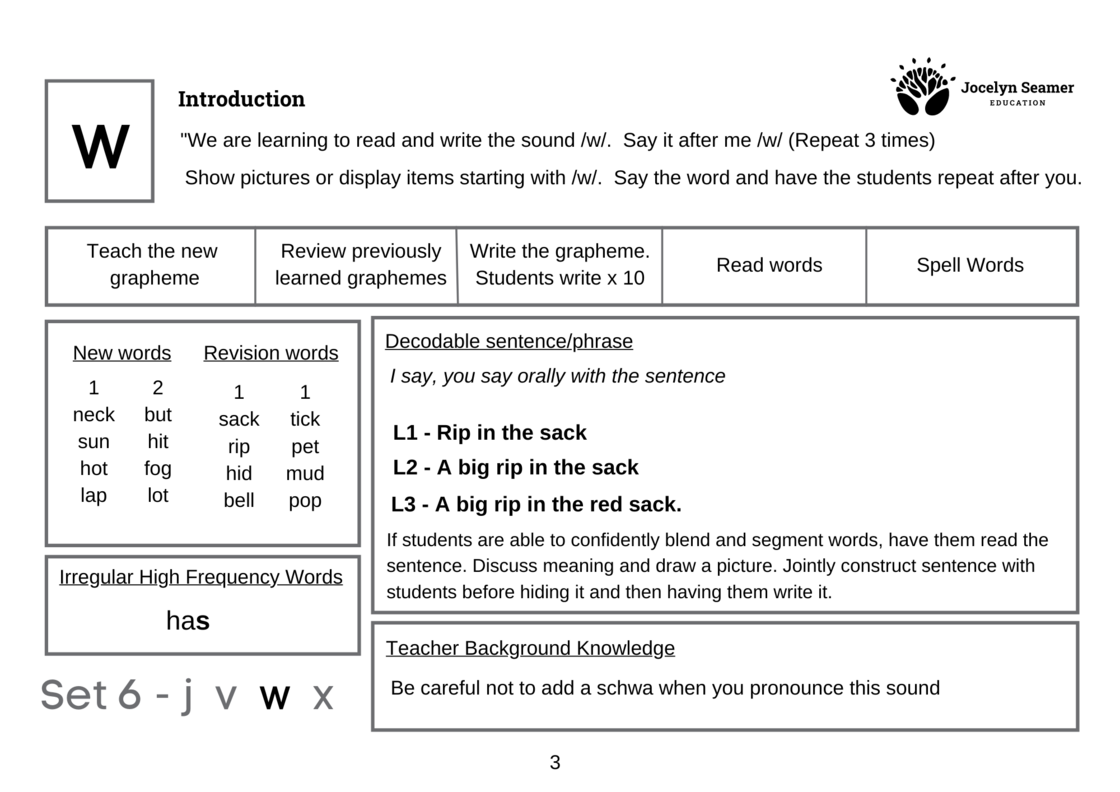Planning for Structured Literacy

One of the frequent questions I am asked is, “What does planning look like in structured literacy?” Firstly, let me say that I think that planning is an individual thing. As a school leader I never mandated particular planning templates, but did provide them for my teachers to use if they chose to. We also bought teachers a nice diary for consistency. I felt that mandating how planning was arranged would likely add to my team’s cognitive load. After all, it’s so much harder to plan and teach from someone else’s lessons! Of course, there were guidelines about what I wanted to see, but when it came to the details, I was happy to leave it up to the individual to make the decisions that worked best for them. For me, a diary is close to useless. Once it’s closed, the contents may as well not exist. Planning was much more effective when I used an ‘all in one’ sheet on the wall that I annotated rather than write things in a book or typed up. How you physically organise things will differ among teachers. As such, this post will discuss what you might include in your planning for your literacy block.
The key to simple planning is those low variance routines that I keep talking about. The ‘same *stuff*, different day approach’. When you teach in the same way each time, you might have a lesson outline to refer to, but you don’t have to reinvent the wheel each day or week. So once your routine is established, all you need to do is decide what content you will teach.

The next thing to keep in mind is to keep things simple and sustainable. Part of this is finding resources or tools that set you up for success. If you try to make your own scope and sequence and end up having to adapt everything you use, you are going to find yourself spending unnecessary hours preparing. The best teachers aren’t necessarily the ones who spend the most hours planning. There are no medals for being the last one to leave school every night. The best teachers are the ones who focus their and their students’ energy on practices that provide the most direct path to learning and are sustainable. So, forget spending hours laminating and creating the perfect literacy centres. Focus your time on establishing solid, quality practices and arranging resources so that you can put your hands on exactly what you need when you need it.
When it comes to the ‘what’ of planning for structured literacy, there are 4 main areas that I recommend you plan for in the early years.
1.Phonics and word level decoding and encoding
You need to know which phoneme/grapheme correspondences you will be teaching each week. This won’t necessarily come from the pre-planned schedule of a commercial program, but from what you know about your students. In any given week you could be reteaching graphemes that students are ‘wobbly’ on or teaching new correspondences. Aim for roughly 3 new correspondences per week to allow time for reviewing and consolidation as needed. You will also need to know which irregular high frequency words you will be teaching. This decision will mostly come from what is required for students to read the decodable texts you have planned and may include words that students are frequently spelling incorrectly in their own writing.
Your list for this area includes:
- The phoneme/grapheme correspondences you will teach or reteach
- The irregular high frequency words you will teach or reteach
- The cumulative word list that you will use in your lessons for both decoding and encoding
- Be mindful of any morphology that you may embed in your word level reading
- Sentences that you might use in lessons (if students are up to that) and as dictation if you choose to use one for assessment
You can read more about Reading Success in Action here.
2. Partner Reading / Decodable texts
It’s important to plan for partner reading in advance, especially in the very early stages of reading instruction. This ensures that the texts you choose are closely matched to the needs of students across your class. If your students aren’t reading texts yet, they can partner read graphemes and words from previous lessons. Sentence level transcription is part of this work. It is a good idea to provide a clear line of sight between what students read and spell and choosing sentences from the students’ decodable texts is a good way to do this. You list for this area includes:
- Which students will be reading which materials in partner work. (remember, students will read decodables three times over three different days, so you don’t have to have a new book every day)
- Which sentences you will use for sentence transcription practice.
- You will need to know which sentence type you might include in this section (simple, compound, complex)
- Planning for differentiation. You might choose to have a core sentence and then have a version for your spotlight students and another version for your high-flyers. It is better not to try and ‘wing’ this. The more targeted you can be, the stronger your students’ learning will be.

3. Language and literature based instruction
It isn’t an accident that two out of the three items relates to decoding. For novice readers, it is their ability to decode that most influences reading comprehension, but it is important to not forget language and engaging with beautiful literature. This area of planning covers vocabulary, sentence structure, text level work (structure, characterisation), explicit morphology instruction and parts of speech. It can be overwhelming to try and manage all this at once. One way you can tackle this is to have four target areas for each week/fortnight.
- Macro level goal – (choose 1) - text structure, genre related, characters etc
- Sentence level goal – (choose 1) - fragment/sentences, teaching sentence structure (orally or in writing), punctuation, using dialogue, language features and anything else that involves sentences.
- Word level goal – vocabulary + one concept of morphology or parts of speech.

You might be wondering where writing is. Essentially, everything you teach in the language and literature section of your literacy lessons will involve both reading and writing (or oral receptive and expressive work before students are ready). You don’t teach parts of speech for reading and then teach it again for writing. Aim for an integrated approach.
So that’s a brief outline of what you will plan for in your literacy block. How you physically organise your planning will vary greatly amongst teachers. Focus on the tasks that give you bang for your buck. When you take the most direct route for learning with your students you will be putting them on the road to literacy proficiency.

 Jocelyn Seamer Education
Jocelyn Seamer Education

0 comments
Leave a comment